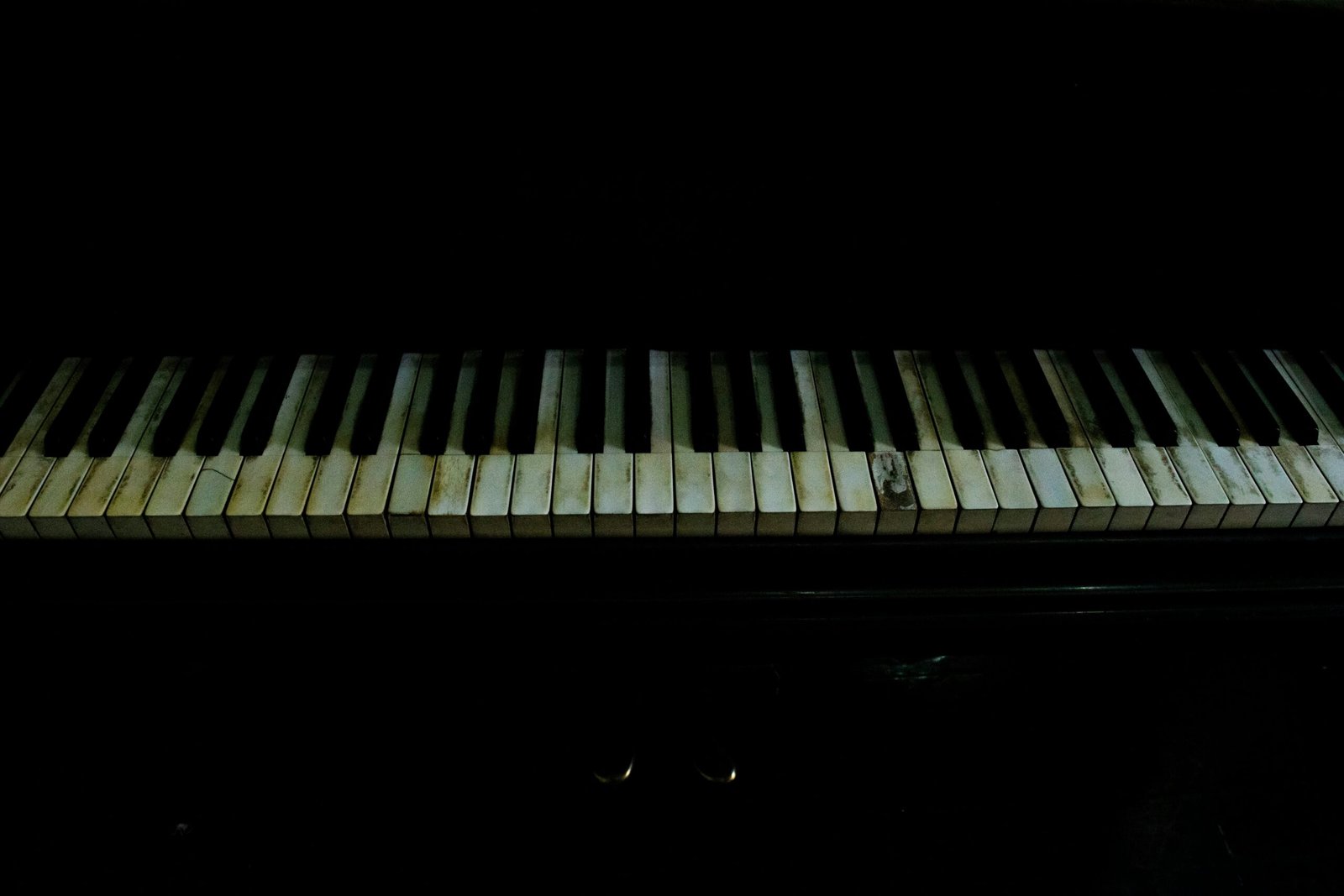The Beauty and Elegance of Baroque Music
Baroque music is a fascinating period in the history of classical music. Spanning roughly from the early 17th to the mid-18th century, it is known for its ornate and intricate compositions. The term “baroque” itself comes from the Portuguese word “barroco,” which means irregularly shaped pearl. This is an apt metaphor for the music of this era, as it is characterized by its complex and elaborate melodies and harmonies.
One of the defining features of baroque music is its emphasis on ornamentation. Composers of this period, such as Johann Sebastian Bach and Antonio Vivaldi, often added decorative flourishes to their compositions, such as trills, turns, and mordents. These embellishments served to enhance the beauty and expressiveness of the music, adding a sense of elegance and sophistication.
However, it is important to note that the connection between baroque music and sexual aspects is a topic of debate among music scholars. While some argue that certain elements of baroque music, such as its sensuous melodies and passionate rhythms, can be interpreted in a sexual context, others believe that this interpretation is subjective and not supported by historical evidence.
The Influence of Baroque Music on Society
During the baroque period, music played a significant role in society. It was not only enjoyed by the aristocracy and the upper classes but also played an important role in religious and civic ceremonies. The grandeur and majesty of baroque music made it the perfect accompaniment for events such as royal weddings, coronations, and church services.
Baroque music also had a profound influence on the development of other art forms, such as architecture and visual arts. The ornate and elaborate style of baroque music inspired architects and artists to create equally intricate and detailed works. This can be seen in the grandiose palaces, churches, and paintings of the baroque period.
The Legacy of Baroque Music
Although the baroque period came to an end in the 18th century, its influence can still be felt today. Many of the compositions from this era continue to be performed and enjoyed by audiences around the world. The timeless beauty and elegance of baroque music have ensured its enduring popularity.
Furthermore, the techniques and musical innovations of the baroque period laid the foundation for the development of classical music. The complex harmonies, intricate counterpoint, and use of ornamentation in baroque music paved the way for the compositions of later composers, such as Mozart and Beethoven.
In conclusion, baroque music is a time of ornamentation and elegance. Its intricate melodies and harmonies, along with its emphasis on ornamentation, create a sense of beauty and sophistication. While the connection between baroque music and sexual aspects is a topic of debate, there is no denying the lasting impact and legacy of this remarkable period in the history of classical music.

